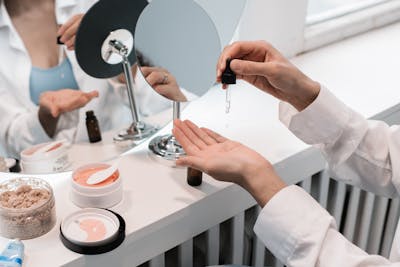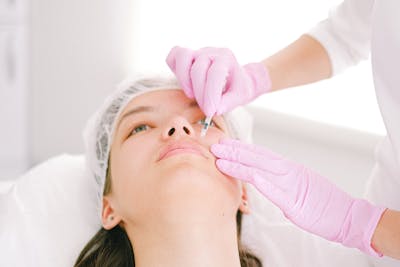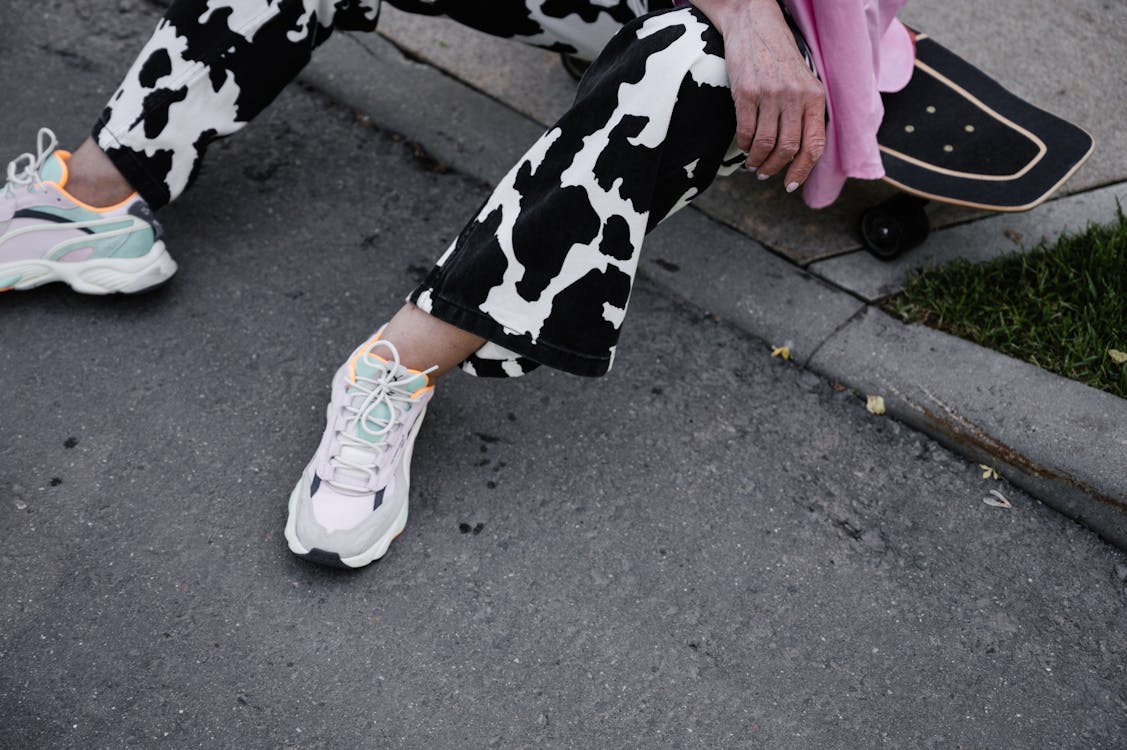

Here are some oils that were popular for skin.
Geranium
Native Americans have used the geranium plant as a cure-all for everything from toothaches to ulcers. Since ancient times, geranium has been used to balance female hormones and ease anxiety. But it has been most widely used to treat skin problems, due to its healing abilities. According to folklore, geranium was planted outside and around the home to protect it from evil spirits. That is a tradition that has remained, and it is why geraniums are the most common plants on doorsteps today. It is ideal for balancing your skin, but also for soaking up oily spots and even temporarily tightening mature skin.
Juniper
In ancient Egypt, juniper was one of the major ingredients used in the embalming process (imagine what it can do for our bodies!). It was also massaged onto the body or used in baths. Juniper oil was used as an effective diuretic to help control weight. In China and Tibet, Juniper was used to prevent infectious diseases and to ward off evil spirits.
Lavender
To ward off the epidemics that occasionally went through their cities, the ancient Greeks, Romans, and Persians all burned lavender flower tops. Lavender tales tell of their magical ability to promote states of blissful love and sensuality. Some Native American tribes have used lavender for centuries to heal burns, cuts, and scrapes.
Patchouli
This essential oil played an important role in the traditional medical systems of China, India, Japan, and Malaysia, as a general body tonic, a potent aphrodisiac, and an antidepressant. When the British stopped importing fabrics from India and started manufacturing them themselves, the British women would not buy the fabric because it was missing the scent of patchouli. That’s what I call a fashion statement!
Rose
The ultimate symbol of love, the rose is found on the walls of Egyptian tombs dating back as far as 500 B.C. In ancient mythology, the rose is linked and represented by the goddesses of love, Aphrodite and Venus. These days, aromatherapists revere it for moisturizing sensitive, dry, itchy, or inflamed skin, and for alleviating grief and anger.
There is a popular legend that the essential oil of rose was discovered at a Persian wedding. The royal affair was held at a palace surrounded by a canal. Roses and rose petals were thrown into the water as part of the celebration over a few days, and at the end of the festivities, a layer of essential oil was visible on top of the water in the canal. Smart merchants collected the rose oil in vessels, and a new trade was born.
Rosemary
Rosemary has been honored and utilized in many ancient traditions. In Latin, rosemary translates to “dew of the sea,” referring to the areas where it grows and flourishes. Greek philosophers wore garlands of rosemary to help their memories and sharpen their minds, while Queen Elizabeth of Hungary used rosemary and lavender in her famous facial potion still called Hungary Water.
Though it might be part fable and part fact, the special liquid apparently made the Queen so radiant and young-looking that the king of Poland proposed marriage when she was seventy-two. Rosemary is for remembering and is often placed on graves and at burial sites of loved ones. It is also a wonderful tonic for hair and scalp.








